So, since DAC stands for digital-to-analogue converter, let’s touch on how the EL DAC converts digital to analogue. The JDS Labs EL DAC is a brand new design, based around the AKM4490 D/A chip, and is not the DAC from the Element put into its own casing. The DAC on the Element is slightly bright, and on the thin side, though it is definitely good enough to be the built-in DAC on a $350 amp. That the EL DAC is a different design is immediately apparent upon first listening. The sound kicked out by the EL DAC adds a noticeable amount more body to the sound. It provides a much more full sound, and, due to the added body in the bass and mids, brings a touch of warmth to the proceedings as well. It does give the DAC a somewhat laid back feel to it. It isn’t the lightning storm that is the Concero HD, per instance. What is most pleasing is, despite the increased body, the sound never gets thick or muddy sounding. Fine detail retrieval is noticeably better than with the built-in DAC. It manages to up the performance, in both technicality and musicality. When I connect it to my trusty V100, the EL DAC does not bottleneck the system. I have had some terrific DACs connected to my V100 (Concero HD, RS 06, etc) and the EL DAC acts like it belongs in their company.
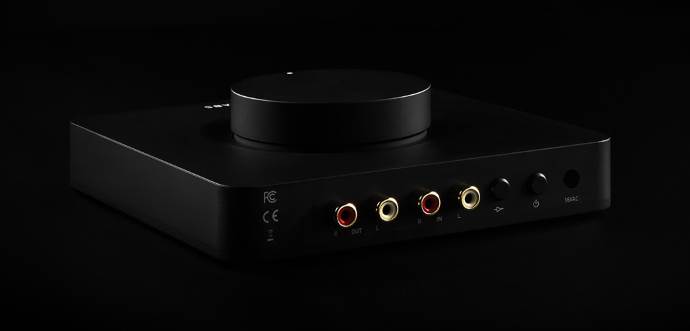
When comparing it to my current reference, the Matrix X-Sabre Pro, the EL DAC falls a little short in the technical categories. The Pro creates a larger soundstage, has better micro detail, and sounds more dynamic, but we aren’t talking night and day by any means. More important, in terms of musicality, the EL DAC yields very little ground to the Pro, and as the EL DAC cost, roughly, 20% of what the X-Sabre Pro does, that’s pretty impressive.
The EL AMP
We will come back to the DAC in a minute, but let us switch the conversation now to the EL AMP. While the EL DAC is a new creation, the JDS Labs EL Amp IS the amp from The Element, just without the built-in DAC. I should mention that JDS Labs, instead of the EL Amp, gave me the Element as the review sample, assuring me, the only difference is you have the ability to use it as a DAC/amp, and that the amp sound is identical. I am quite thankful for that as it allows me to compare the sound with the built-in DAC to that of the EL DAC.
“EL Amp combines a powerful headphone amplifier with a comfortable knob, housed in a precision machined chassis. Enjoy seamless transitions between your powered speakers and headphones.”
Again, we see some pretty straight forward speech. The JDS Labs EL Amp ($279) looks identical to the Element. The only difference is that the EL Amp doesn’t have the USB input. The build quality is very similar to that of the EL DAC. It is very sleek, with a large, sexy knob right in the middle. I don’t quite share Nathan’s knob fetish, but it turns so smoothly, and makes it so easy to fine tune the volume that it is hard not to gush. On the back, you have RCA inputs and outputs (both clearly labeled), the gain button and the power button. If you like switching between powered monitors and headphones, the EL Amp has a nifty feature for you. When the EL amp is on, the RCA outputs are muted and the sound goes to the headphone out. Turn the unit off, and the headphone out gets muted (duh, that usually happens when you turn an amp off), and the sound will then go to your monitors. So, for those audio enthusiasts whose taste includes both snails and oysters, this might be a nice amp to have around. The Element will also do this.
AMPLIFIER PERFORMANCE
- Frequency Response 20Hz-20kHz+/- 0.1dB
- THD+N 1kHz, 150 Ω0.0009%
- IMD CCIF 19/20kHz 150 Ω0.0004%
- IMD SMPTE 150 Ω0.0005%
- Noise, A-Weighted-108 dBu
- Crosstalk @ 150 Ω-67 dB
- Output Impedance0.1 Ω
- Channel Balance+/- 0.56 dB
- Max Continuous Output, 600Ω140 mW (9.4VRMS)
- Max Continuous Output, 150Ω505 mW
- Max Continuous Output, 32Ω1.1 W
- Peak Output Power, 32Ω1.5W
The sound of the EL Amp is neutral, linear, fast and transparent. The transparency is obvious, as you switch from the built-in DAC to the EL DAC then to the Matrix, you can clearly hear the differences in the source you are using. The other three are all of a part. The bass is tight. The treble extends well, and the mid range connects the two without drawing attention to itself or fading into the background. Its speed will, in part, depend on the DAC that is feeding it, but, unless connected to the Sludgemaster DX100, it should be able to keep pace with just about anything. The detail level is good across the board. If there is one area where I feel the EL amp sounds its price level, it is with the sound stage. While it isn’t claustrophobic by any means, its width is a little lacking the best I have heard. Still, that is more of a nitpick than an outright criticism. The EL amp should be able to drive most of the headphones you are likely to throw at it. Easy to drive headphones like the Grado SR80e are obviously a breeze for the EL amp, but the Sennheiser HD650 and the Hifiman HE-560 all fall in line quite well. With the HE-560, on classical recordings that were mastered at a lower volume, I do have to employ high gain, but there is still plenty of headroom left over. Based on the numbers, I am not sure these could handle the Hifiman HE-6, so if you were hoping this would be your cure for an underpowered HE-6, you will need to keep looking. The output impedance is almost non-existent at .1ohms, so there wouldn’t be any impedance mismatches with anything you might use. I don’t have any absurdly sensitive IEMs in my collection, so I can’t say how will this will do with very sensitive monitors, so that is an area where I might exercise a little caution .
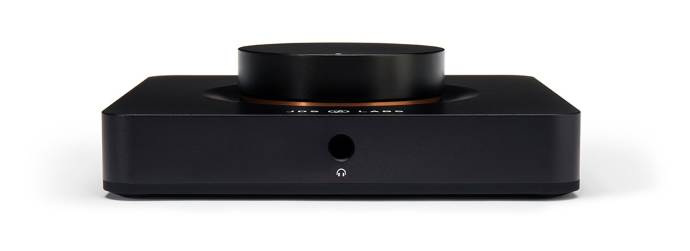
Comparing it (unfairly) the Violectric V100, the V100 throws a larger sound stage, is smoother, yet coaxes out a little more detail, but again, at only about 1/3 the cost, the EL amp manages to do a really good job holding its own. This amp offers a really terrific value.
Pairing the JDS Labs EL DAC and EL amp together is where the fun really begins. When the well detailed, ever so slightly warm EL DAC meets the clean, linear EL amp, it is just pure, musical goodness. I’m not sure what, if anything, wouldn’t sound right as rain when connected to these two. Despite costing less together than the HE560 new, they make for a killer combo. I kid you not, if all of my other gear disappeared, but this setup was left, I not sure I would even care. I really love that I can say that about a DAC and amp combination that together only costs $530. The touch of warm the DAC puts through adds a wonderful dash of romance to the HE-560 without losing its speed or resolution. What I find most impressive is how the JDS Labs EL series brings out the bass in the HE-560. The HE-560 always had great, quality bass, but the EL’s add some more quantity to the mix without sacrificing the quality. In a way, it makes the quality even more apparent. Many times, I found myself drooling over the bass texture on some random rock song my shuffle landed on. I kept thinking to myself, “this little stack is doing this!?” The mid range is nice and robust with voices sounding particularly organic. The treble is of the smoother variety. There is still some nice sparkle in the lower treble, but it never gets too hot or offensive. The air is still there.
Switching over to my reference setup (X-Sabre Pro and V100), I can recognize the better micro detail, and the bigger soundstage, but I am not always in the mood for the more aggressive treble, and I am really feeling the music with the JDS Labs gear. Sometimes one setup does it for me, other times, the other comes through. I talked about this a bit in my X-Sabre Pro review, and the EL stack is the perfect example. For about 20% of the cost, the EL Series provides far more than 20% of the sound quality of the much more expensive setup. It provides maybe 80% of the technical performance, and I think can go blow for blow with just about any setup I have heard in terms of musicality. The only reason I am saying “just about any setup” as I am leaving myself an out just in case there is some super setup I have heard in days gone by but forgot about. Short of that…
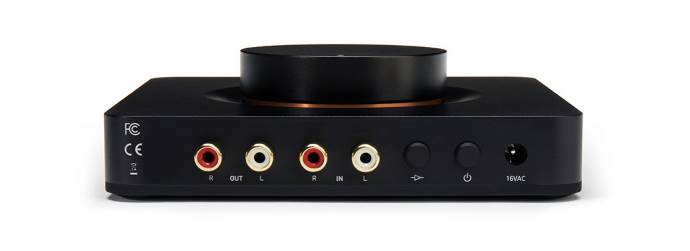
End Words
In a way, JDS Labs still feels a little like a company that livings in John Seaber’s garage. I mean this in the best possible way. They aren’t trying to be fancy. They aren’t worrying about crazy features or silly audio formats. They are just trying to make straight forward, great sounding gear for people who want to enjoy the subtleties of their music without taking out a second mortgage on their house. I have to admit, I am always more comfortable reviewing things I could actually afford to buy, and when they sound as musical as this, it makes me very happy.
Two quick notes: I have discovered the weakest part of the build quality. The rubber sticky feet they put on the units don’t stay on all that well, so minus .01 point for that
Second: For those who would like a little more technical information, they do offer some here (http://blog.jdslabs.com/), here (https://www.jdslabs.com/true-performance-design) and they are very responsive to questions. Inquiries and purchases can be made here (https://www.jdslabs.com/)





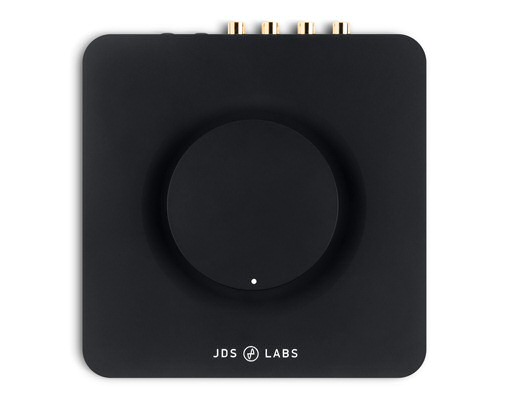
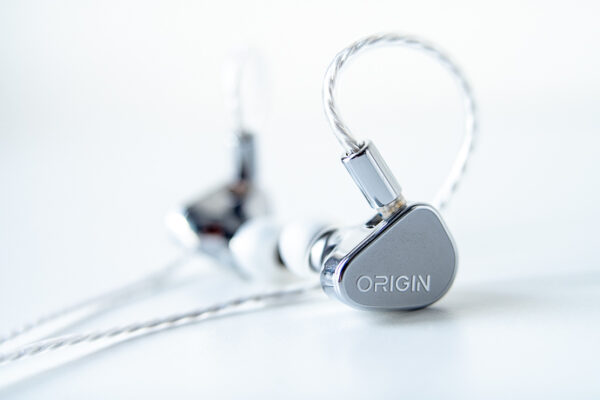
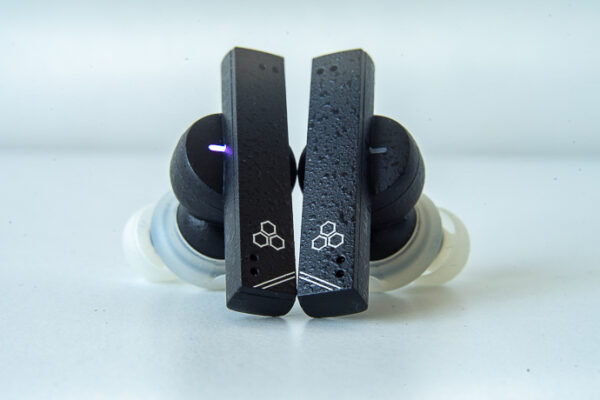
Carl A
The el-dac came to my awareness recently, and so to this review.
It’s beautifully written, succinct and a pleasure to read. Similar strong points in fact to Lieven’s reviews.
It has given me all the information I needed to make a decision.
Many thanks Dave.
Be well.
Lev
Thanks for the review.
I’m trying to decide between the El Amp and the Beyer a20 for my new HD6xx. Any thoughts?
Thanks
Dave
Well, i havent heard the a20, but going off L’s review, the a20 will be warmer and net you a more lush sound with bigger bass. The EL amp will bring the hd6xx closer to linear. I can vouch for this combo sounding quite good. There prices are similar. They should both do a fine job for you, so go with the sound you are looking for.
Dave
The difference shouldnt be huge, though. I should have said the a20 would be slightly warmer. I am on my phone and dont know how to edit my comments.
David B King
I am looking forward to listening to the new model EL DAC II it is suppose to be even better than before. These folks have their ducks in a row and it is an American company.
Eduardo
The A20 being considered to offer a warm sound, would it make a headphone that has a bright sound more “pleasing”? like the HD600 or even HD700? leaving the bass more present and softening the exaggerated highs?
Dave
It is only suppose to be slightly warm. Something using tubes or a SS amp like the V200 could be used to warm up headphones a bit
Nate
Nice review!
Would you recommend this EL DAC for my Sennheiser HD 800 plus Bottlehead Crack & Speedball amp? Or any other DAC ideas?
Thanks
Dave
The EL DAC would do nicely, yes. That should make for a good budget combo for the HD800.
Keith
Very well done review. I have the El Dac and agree with your findings. Curious how the El Amp or Element would stack up against the budget king Magni3?
Dave
Glad you like the EL DAC! That is a good question about the Magni 3. Unfortunately, I will never know the answer as Schiit won’t send me review loaners any more, after I was not blown away by the Asgard 2. Too bad really, as I have heard good things about the Magni 3, and some great things about their multibit DACs.
Isaac
I own the nfb11.28 witch has a sabre 9028 dac built in I just ordered the el amp how would the two pair btw I am using the focal clears
Josh
Just wanted to say thanks for all your reviews. The combination of this review and the Aeon closed help me buy my first desktop setup in this space. I recently picked up the Astell sp1000m for on the go and am very curious to see how it sounds in comparison. Part of me wants to keep exploring and look at a new desktop dac/amp like the Chord Hugo but I just can’t decide if the large price increase is going to net the equivalent benefits.
Friend
Do you recommend using spdif over usb for the dac?